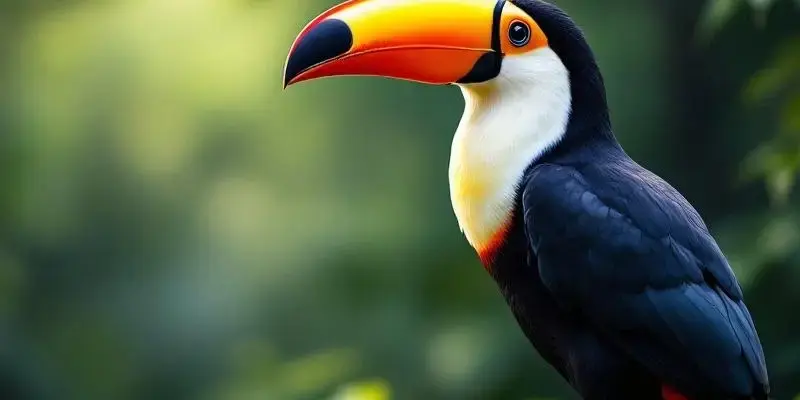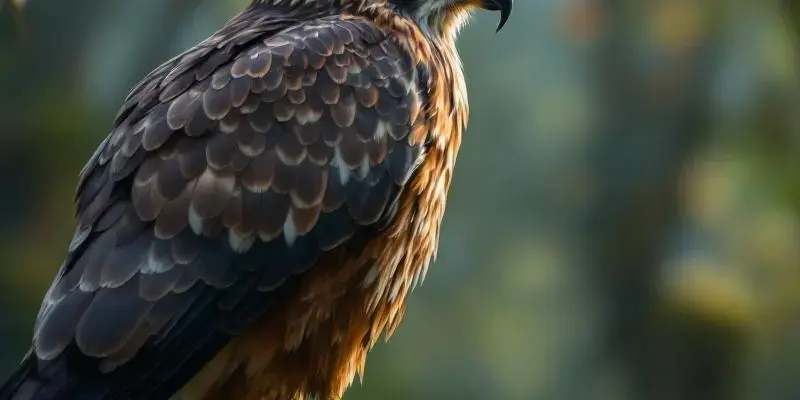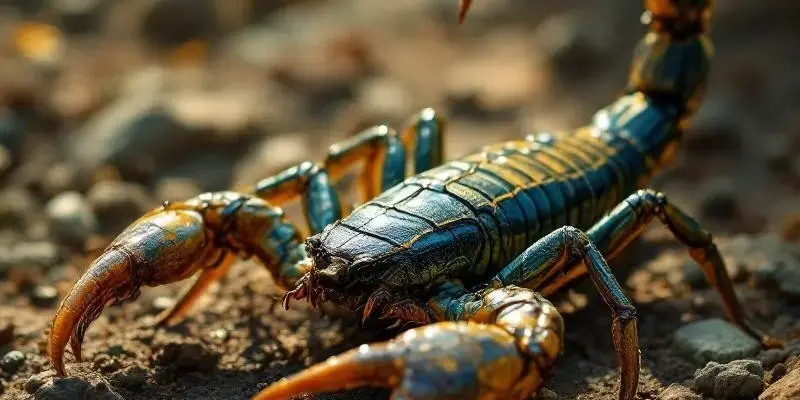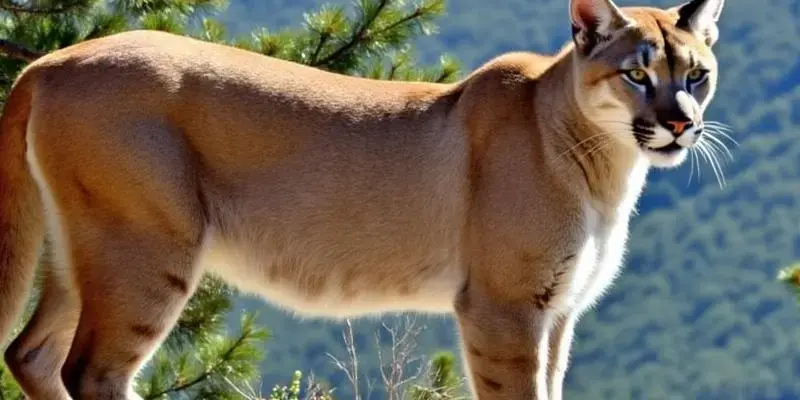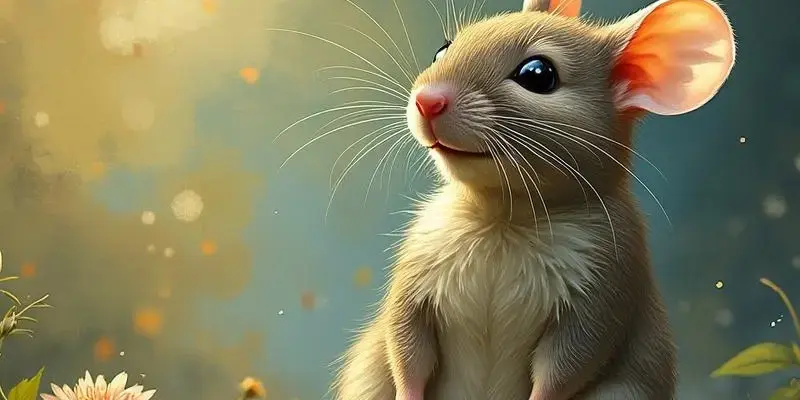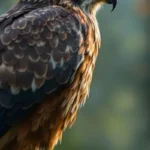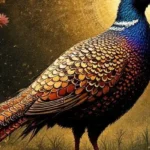Coyote spiritual meaning
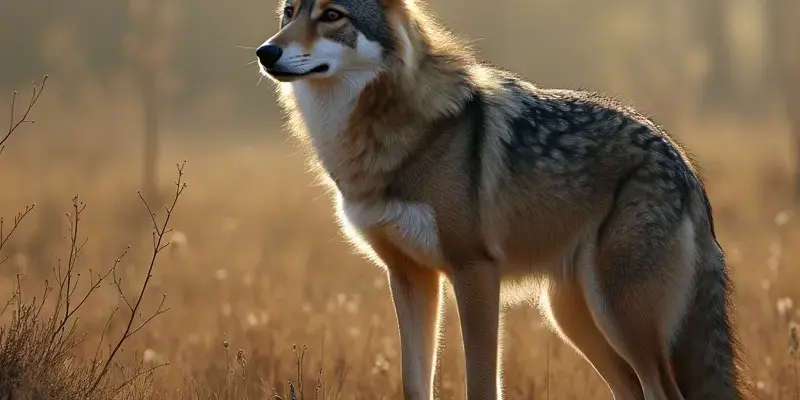
Coyotes hold profound spiritual significance across numerous Native American traditions, embodying the paradoxical nature of a trickster who is simultaneously creator and destroyer. Their remarkable adaptability in the natural world mirrors their symbolic meaning as spiritual guides who teach through indirect wisdom, challenging us to embrace both harmony and chaos in our journey.
Key Takeaways
- Coyotes represent cleverness and adaptability in over 50 Native American tribal mythologies
- As sacred trickster figures, they teach important life lessons through indirect means
- Coyote sightings often signal the need for self-reflection and lightening one’s approach to life
- In Navajo tradition, coyotes are considered Holy Persons with their own ceremonial practices
- Working with coyote energy can help develop resilience and perspective-shifting abilities
The Sacred Trickster: Introduction to Coyote Symbolism
Coyotes roam extensively across North America, from the Canadian wilderness through the United States and into Central America. Their remarkable adaptability to diverse environments—thriving in deserts, grasslands, mountains, and even urban settings—mirrors their spiritual significance in Native cultures.
The coyote features prominently in the mythology of more than 50 Native American tribes, including numerous California peoples such as the Achomawi, Chumash, Maidu, Pomo, and Yokuts. Each tribe has developed distinct interpretations of coyote energy, though common threads weave through their stories.
What makes coyote particularly fascinating is how its physical characteristics inform its spiritual symbolism. Its ability to survive in harsh conditions, change its diet based on available resources, and adapt to human expansion has cemented its reputation as a master of resourcefulness and survival.
In the pantheon of spiritual figures, coyote shares characteristics with other trickster archetypes like Raven in Pacific Northwest traditions, Anansi in West African folklore, and Loki in Norse mythology. However, coyote stands apart through its dual nature as both creator and disruptor—a complex figure that teaches through contradiction.
Beyond the Trickster: Core Symbolic Meanings
At its essence, coyote symbolism encompasses cleverness, trickery, and adaptability. Unlike other spiritual animals with more straightforward meanings, coyote embodies paradoxical qualities that make it particularly valuable as a teacher.
The Navajo concept of “hozho”—a state of beauty, harmony, and balance—helps explain coyote’s complex role. Rather than representing purely positive or negative forces, coyote demonstrates that balance cannot exist without both good and evil, life and death, beginnings and endings. This holistic perspective offers profound wisdom for navigating life’s contradictions.
Beyond its core attributes, coyote symbolism extends to include playfulness, opportunity recognition, teamwork, and affection. Coyotes’ distinctive howls and yips—often heard in chorus with family members—highlight their connection to self-expression and community bonds.
I find it particularly significant that coyote teaches through failure as much as through success. In many traditional stories, coyote’s plans backfire, yet these misadventures teach valuable lessons about humility and perseverance. This willingness to embrace mistakes as learning opportunities offers a refreshing approach to personal growth.
Creator and Teacher: Coyote in Native American Traditions
In Native American spiritual traditions, the coyote transcends simple categorization. It exists as a multidimensional being possessing supernatural qualities—simultaneously acting as trickster and creator, savior and villain.
Navajo traditions hold coyotes as sacred animals that helped create the world. This creative aspect appears across various tribal mythologies, including the Maidu creation story where, at the beginning of time, a primal being called Earth Maker floats on infinite waters when Coyote calls out. Together, they sing the world into existence—a powerful metaphor for creative collaboration.
The Comanche share a story about a monster who stole all the buffalo and a young boy. To stop the boy from crying, the coyotes howled, causing the buffalo to scatter. This tale demonstrates coyote’s role in maintaining ecological balance and the interconnection of all beings.
What fascinates me about these varied traditions is how coyote consistently appears at pivotal moments of transformation. Whether creating worlds or solving problems, coyote brings chaotic energy that, paradoxically, establishes new order. This pattern offers insights into how disruption often precedes growth in our own lives.
Messages from the Wild: Interpreting Coyote Sightings
Encountering a coyote in the wild or in dreams carries spiritual significance across many traditions. Generally, a coyote sighting invites you to look within, to avoid taking life too seriously, to lighten up, and to learn to laugh at yourself.
Tribal interpretations vary significantly. The Navajo believe that a coyote crossing your path serves as a warning to turn around or reconsider your course of action. Meanwhile, the Shoshoni interpret coyote appearances as symbols of endings that make way for new beginnings—a cycle of renewal that echoes coyote’s role in creation stories.
In contemporary spiritual practice, seeing a coyote when facing difficult decisions might indicate that you already possess the necessary wisdom to move forward. The coyote appears not to give you new information but to remind you of your innate cleverness and adaptability.
I’ve found that paying attention to the context of a coyote encounter enhances its meaning. Was the coyote alone or with a pack? Hunting or playing? Dawn or dusk? Each element adds nuance to the message, much like coyote’s teachings themselves are rarely straightforward but layered with subtle significance.
Coyote as Spirit Guide: Modern Spiritual Applications
As a spirit guide, coyote offers practical wisdom for contemporary life. Consider how coyotes regulate their body temperature by panting—a physical behavior that serves as a reminder to take deep breaths during stressful moments.
The wisdom delivered by coyote spirit is rarely direct. Instead, coyote teaches through methods that might initially seem confusing or contradictory. This indirect approach encourages deeper reflection and personal discovery rather than passive learning.
Many spiritual practitioners note that coyote energy will persistently appear in your life until you develop a more balanced approach. This persistence reflects coyote’s determination in the wild—an animal that has expanded its territory despite human efforts to eliminate it.
To work with coyote energy effectively, try these practices inspired by coyote’s natural behaviors:
- Practice adaptability by intentionally changing your routine
- Develop breathing techniques for stress management
- Cultivate playfulness even in serious situations
- Look for unconventional solutions to persistent problems
- Embrace mistakes as opportunities for growth
Sacred Ceremonies: Coyote in Ritual and Healing
Among the Navajo, coyote holds such spiritual importance that it serves as the tutelary spirit of “Coyoteway”—one of their essential healing ceremonies. This ritual aims to restore a patient’s harmonious relationship with Coyote and the broader world, addressing imbalances that manifest as illness or misfortune.
Many traditions view coyote as a spiritual being that connects the earthly realm with the spirit world. This role as intermediary makes coyote particularly valuable in ceremonial contexts, where bridging different planes of existence facilitates healing and transformation.
In some Native practices, people believe coyote can deliver messages from ancestors or spirits. This messenger role extends coyote’s trickster function, as the messages often arrive in unexpected or ambiguous forms that require interpretation.
The Navajo designate coyote as a Holy Person who receives specific offerings. This formal recognition highlights coyote’s elevated status beyond mere animal symbolism to a being worthy of sacred respect and ritual attention.
The Cosmic Jester: Trickster Archetype Explored
Coyote represents a specific manifestation of the trickster archetype common across world mythologies. This figure appears in the spiritual traditions of Indigenous peoples throughout North America, based on observations of the physical animal (Canis latrans) but transcending into mythic dimensions.
The role coyote plays in traditional stories shares traits with Raven in Pacific Northwest and Alaskan cultures, though each brings distinct energy. While both test boundaries, coyote tends toward earthy cleverness while raven embodies more mystical wisdom.
By pushing behavioral limits, coyote paradoxically demonstrates and reinforces concepts of harmony and order, particularly in Navajo tradition. This seeming contradiction reveals a profound truth: understanding boundaries often requires experiencing their transgression.
Stories featuring coyote reveal important lessons about humility, wisdom, and the value of cunning in certain situations. Unlike heroes who win through strength or virtue alone, coyote succeeds through creative thinking and adaptability—qualities increasingly valued in our complex world.
Working with Coyote Energy: Practical Applications
To incorporate coyote wisdom into your life, remember its fundamental teaching: don’t take appearances at face value. In any circumstance, no matter how clear it seems, there’s hidden wisdom waiting to be discovered. This perspective encourages deeper examination of situations that might otherwise seem straightforward.
Legends describe coyotes as shapeshifters, suggesting that changing your outlook can dramatically shift your entire perspective. This principle applies particularly to challenging situations where a flexible mindset might reveal unexpected opportunities or solutions.
The coyote’s remarkable adaptability across diverse environments—from arid deserts to dense forests—offers a model for personal resilience. By studying how coyotes adjust their behaviors to new circumstances, we can develop similar flexibility in our approaches to life’s challenges.
To actively engage with coyote energy, try these practical exercises:
- Journal about a difficult situation, then write the same scenario from three different perspectives
- Practice quick adaptation by intentionally changing plans at the last minute
- Look for humor in challenging situations
- Notice when you’re being too rigid and consciously introduce flexibility
- Pay attention to unexpected encounters that might carry hidden messages
Coyote energy reminds us that life’s most profound lessons often come wrapped in unexpected packages. By embracing both the
The article explores coyotes’ deep spiritual significance in Native American traditions as trickster figures embodying paradoxical qualities. Coyotes symbolize cleverness, adaptability, and resilience across over 50 tribal mythologies. Their role as both creators and destroyers teaches balance, while their remarkable survival skills mirror their symbolic meaning as spiritual guides. In Navajo tradition, coyotes are considered Holy Persons with dedicated healing ceremonies. The sacred trickster archetype delivers wisdom indirectly, challenging people to embrace both harmony and chaos.
| Key Aspect | Significance |
|---|---|
| Symbolic Meaning | Cleverness, adaptability, balance between creation and destruction |
| Cultural Context | Prominent in 50+ Native American tribal mythologies |
| Spiritual Role | Teacher through indirect wisdom; bridge between worlds |
| Personal Growth | Teaches resilience, perspective-shifting, and self-reflection |

